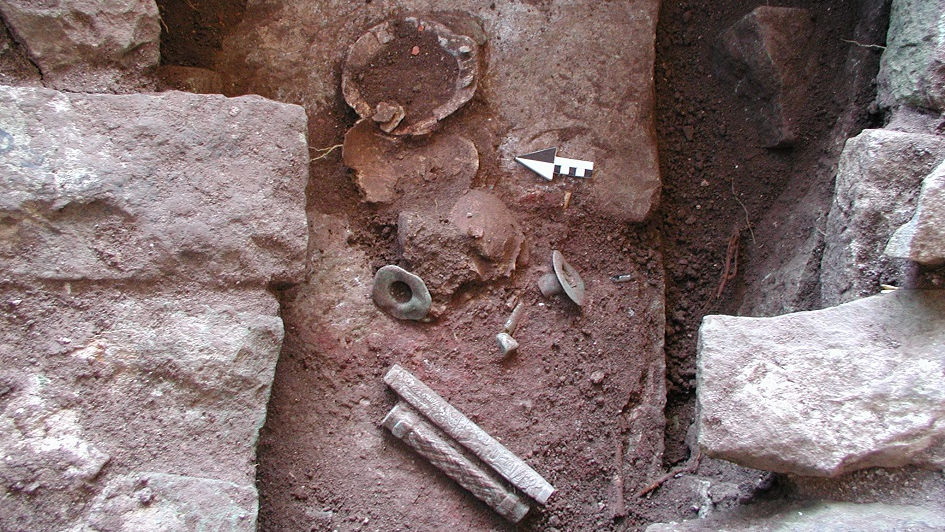You already know about the Blue Zones — now, meet the “super agers.”
That’s what cardiologist Eric Topol, 70, calls the roughly 1,400 healthy adults aged 80 and older he spent over six years studying for his new book, “Super Agers: An Evidence-based Approach to Longevity.”
When he first began the project, he suspected genetics were the primary reason these people had reached their twilight years without any hint of chronic diseases.
Turns out — he was wrong.
These sprightly seniors had very few genetic similarities, which meant their longevity had to come down to lifestyle factors.
After doing further research, Topol came to a simple conclusion.
“Of all the things we know about, the one that rises to the very top is exercise. In fact, it’s the only intervention in people that has shown any effect on slowing the body-wide aging clock, meaning it appears to change how rapidly we age,” Topol told the Washington Post.
“Of course, other lifestyle factors, like diet and social interactions, are critically important. But if there is one thing that has the most exceptional evidence for healthy aging, it’s exercise.”
What kind of exercise, you ask?
Research has shown that the recommended 150 minutes of moderate-intensity physical activity — which can include gardening, ballroom dancing, yoga, mowing the lawn, water aerobics and taking a brisk walk — can significantly boost your lifespan.
Which is why it makes sense that, for decades, Topol would suggest aerobic activity over strength training to his patients.
“That was a mistake,” Topol told Today.com.
“When I saw all the evidence, I became totally convinced,” he told the Washington Post. “Resistance training and grip strength have extraordinary correlations with healthy aging.”
This perspective aligns with other research that shows strength training doesn’t just build muscle — it also boosts mental acuity, enhances bone density and improves balance, which is especially beneficial for seniors who are at severe risk of injuries from falling.
One recent study even isolated strength training as the best type of exercise to fight insomnia in older adults.
And a Harvard study found that middle-aged men who could perform at least 20 push-ups had a significantly lower risk of heart disease.
Dr. Florence Comite, a Manhattan precision medicine physician, refers to muscle-building as the “fountain of youth,” highlighting its role in managing blood sugar and combating age-related muscle loss.
All in all, it seems like lifting a few weights — or using your own bodyweight — can go a long way.
And the best news is that you don’t have to join an expensive gym or commit to a specific daily window either — studies show just 30 to 60 minutes per week of resistance training can lower the risk of early death from all causes by 10% to 20%.
Topol himself now does one hour of strength training three times or 30 minutes four or five times a week — incorporating the classics like lunges, sit-ups, squats and planks.
“I’m more fit and stronger than I can ever remember, just by doing that for over a year now,” Topol told Today.
“If I’m going to be old, I’d rather be strong and old.”














